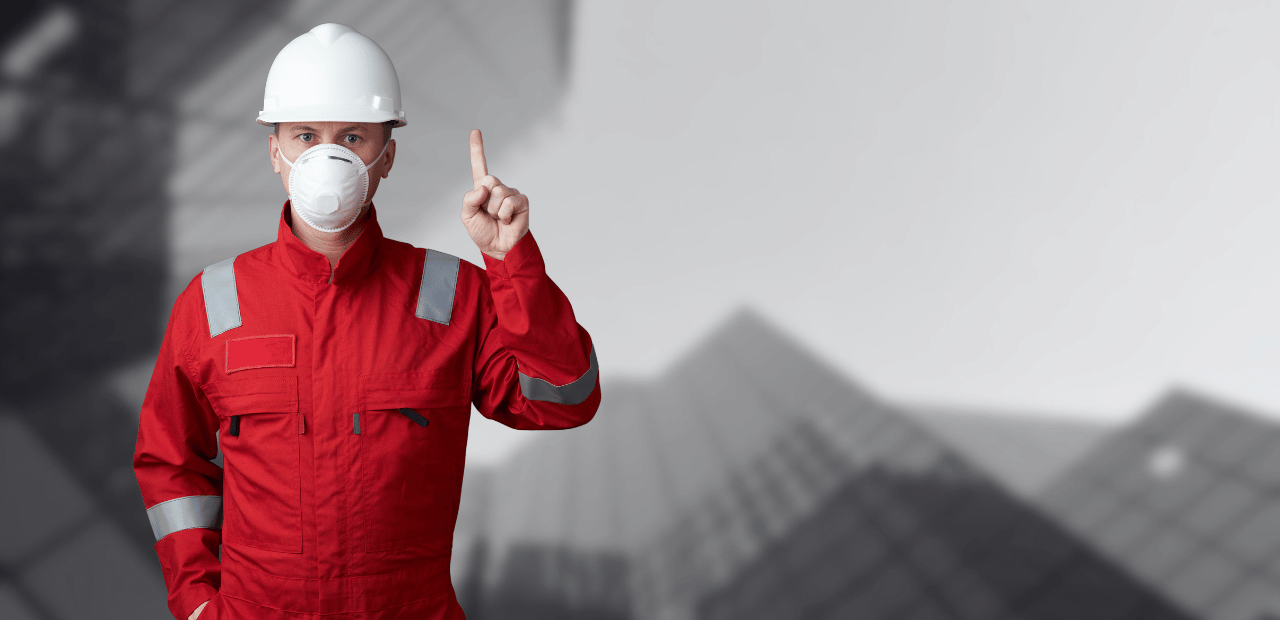
Flame-Resistant Workwear
Flame-resistant workwear is specifically designed to protect workers from fire and heat hazards. These garments are typically used in environments where there is a risk of fire, high temperatures, and sparks. The materials used in such clothing are engineered to withstand heat and flames.
Features and Materials:
Flame-resistant clothing is usually made from specialized fabrics like cotton or polyester that are treated with fire-resistant chemical coatings. These garments help prevent the spread of fire and provide extra time for workers to escape or respond safely to emergencies.
Applications:
-
Workplaces with fire hazards such as oil and gas industries
-
Welding workshops
-
Heat-generating manufacturing facilities
Advantages:
-
High resistance to flames and intense heat
-
Reduced risk of burns and fire-related injuries
-
Durable and long-lasting under harsh conditions
Disadvantages:
-
May not be suitable for wet or rainy conditions
-
Heavier weight due to fire-resistant materials
Waterproof Workwear
Waterproof workwear is designed to protect employees from weather conditions and environments where moisture and adverse weather could impede safe work. These garments are commonly used in rainy, coastal, or chemical-liquid exposure settings.
Features and Materials:
Typically made from waterproof fabrics like polyester or nylon coated with polyurethane or PVC layers, these garments prevent water penetration. Some models also reduce air permeability to protect workers from cold temperatures.
Applications:
-
Outdoor jobs with heavy rainfall
-
Agriculture, marine industries, drilling, and shipping
-
Mining and construction in adverse weather conditions
Advantages:
-
Complete protection against rain and moisture
-
Comfortable for outdoor activities
-
Wind and cold insulation
Disadvantages:
-
Some designs lack breathability, potentially causing sweating and discomfort
-
May feel too warm in hot and humid conditions
Standard Workwear
Standard workwear generally refers to clothing intended for everyday use in workplaces with lower hazard levels. These garments are primarily designed to protect against general dirt, dust, and minor physical risks.
Features and Materials:
Typically made from natural fabrics like cotton or blends of polyester and cotton, these clothes do not include specialized protections against fire, water, or other specific hazards.
Applications:
-
General industries and manufacturing with low-risk environments
-
Jobs without special protective requirements
-
Office or workshop settings with typical contamination
Advantages:
-
Comfortable and lightweight
-
Suitable for routine work and protection against general dirt
-
Available in a variety of designs and colors
Disadvantages:
-
No protection against fire, chemicals, or specialized hazards
-
Low resistance to severe environmental or physical risks
Summary Comparison
| Feature | Flame-Resistant Workwear | Waterproof Workwear | Standard Workwear |
|---|---|---|---|
| Fire Protection | Yes | No | No |
| Water Protection | No | Yes | No |
| Chemical Resistance | Usually yes | Depends on garment type | No |
| Comfort | Less due to heavy fabric | Generally comfortable and light | Very comfortable and light |
| Weight | Heavier | Usually light | Light |
| Typical Applications | Fire-risk industries | Wet and rainy environments | General and low-risk jobs |
Conclusion
Flame-resistant, waterproof, and standard workwear each offer distinct features and benefits. Choosing the right type depends on the specific work environment and the hazards workers face. Flame-resistant clothing is best suited for high-fire-risk and high-heat environments, while waterproof garments excel in rainy and damp conditions. Although standard workwear lacks specialized protection, it is appropriate for everyday tasks in low-risk settings. Selecting the appropriate workwear tailored to job requirements can significantly enhance employee safety and prevent serious injuries.
Flame-resistant workwear is specifically designed to protect employees from fire and heat hazards. These garments are typically used in environments where there is a risk of fire, high temperatures, a
Write a Comment